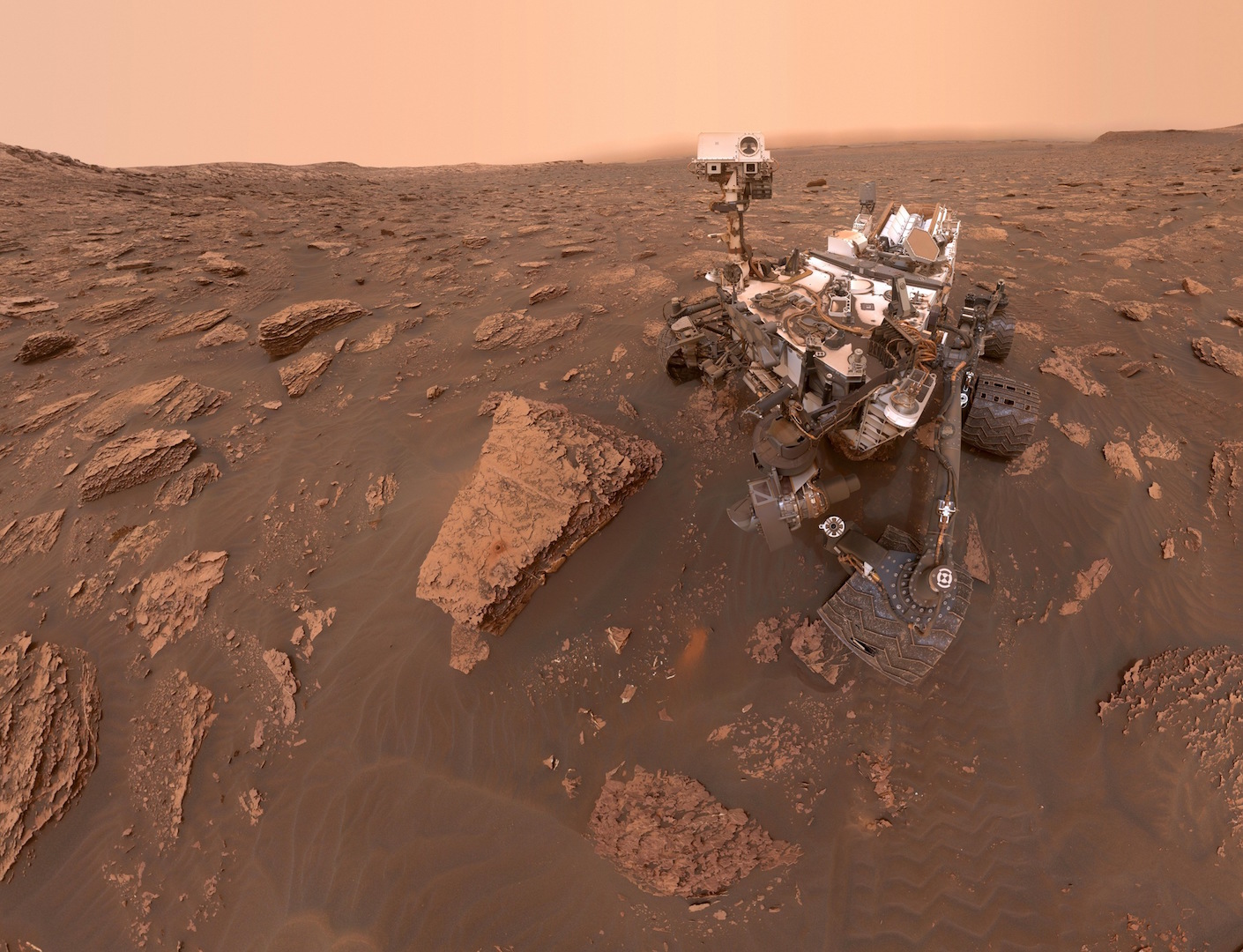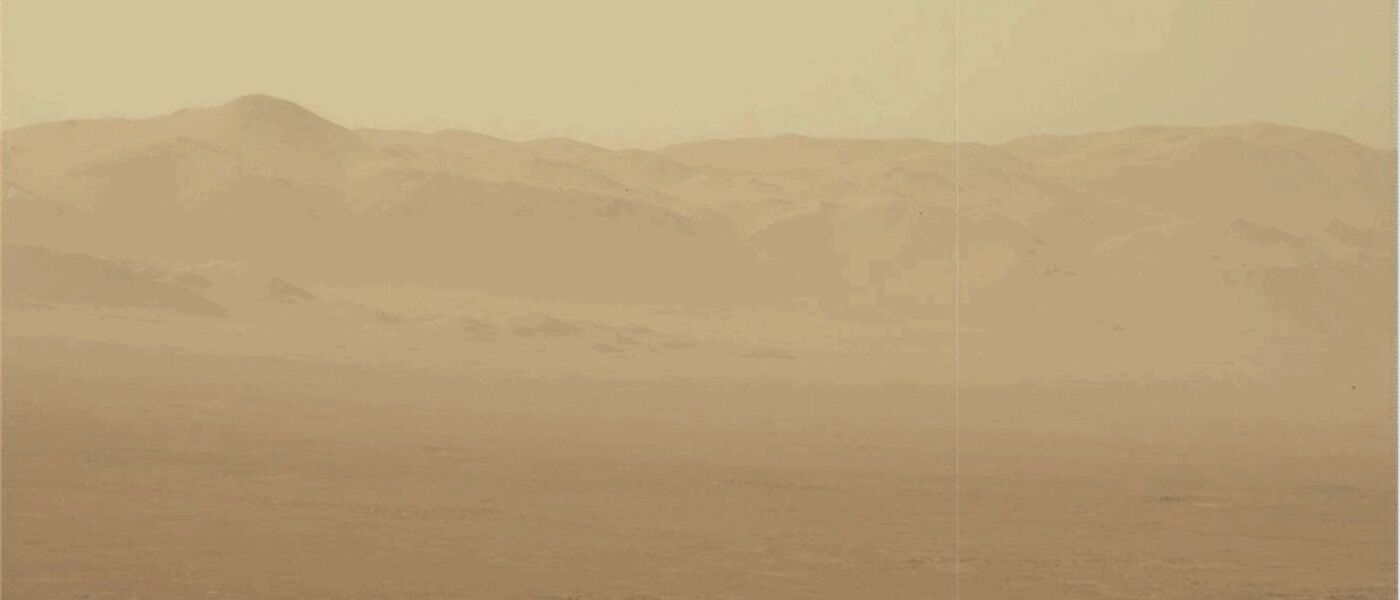What's going on with that dust storm on Mars?

It’s gotten a little dusty on Mars. Over the last few months, small storms have turned into a planet-wide dust storm covering the surface of Mars. This is the strongest dust storm observed on the Red Planet yet!
Here on Earth, we never have to worry about a planet-wide dirt or dust storm thanks to our thicker atmosphere, stronger gravity, and lots of plants holding the soil down.
We do know that storms are pretty common on
the Red Planet, though. Dust storms usually occur when it is summertime in the
southern hemisphere on Mars, and when the planet is closest to the Sun in its
orbit. Sunlight heats the surface, which causes changes in temperature and
leads to stronger winds that can whip up the surface dust. Scientists still
don’t know for sure why and how the smaller dust storms on Mars grow to such a
large size that covers the whole planet.
If you were standing on Mars during one of these storms, the
dust would actually be above the ground due to Mars’ low gravity. Also, the
wind speeds and atmospheric pressure are much lower than here on Earth, so the
winds would feel more like a breeze.
All the dust in the atmosphere of Mars significantly dims
the amount of sunlight that reaches the surface. The Opportunity rover, which
is solar powered, has gone into a hibernation mode to save power. Fortunately,
that is not the only technology studying Mars!

The Curiosity rover is nuclear powered, and therefore can still continue studying the planet. Unfortunately, the dimmer light means Curiosity needs a longer exposure time to take pictures, and the dust could harm its cameras. Even so, any data collected about the amount and size of dust particles could help scientists learn more about the dust storms.
From a safer distance, orbiters fly around the planet and
take pictures and measurements. The Odyssey orbiter tracks the temperature of
Mars and atmospheric composition, including the amount of dust present in the atmosphere.
The Mars Reconnaissance Orbiter takes color photos and measures how the
temperature changes with altitude, potentially helping scientists understand
how the dust storms form into planet-wide events. The MAVEN orbiter also
studies the atmosphere, but more how the storms affect the atmosphere above the
dust.
Interested in learning more about the mysteries of Mars? You're in luck! This Friday, July 27 is our Mars Madness celebration at LSC. On that night, the Red Planet will shine brighter in our sky than it has in the last 15 years. Join us as we break out the telescopes and look to the skies, plus planetarium shows, hands-on experiments, special presentations, exhibitions, and more. Click here to get tickets.
